French Battleship Dunkerque in 1:350
In 1931, Germany launched the Panzerschiff Deutschland, the first of a class of three commerce raiders, the following ones being the Admiral Scheer and the Graf Spee.
These ships were somewhat condescendingly labelled ”pocket battleships” but behind closed doors in the British and French admiralties, there was real concern. They were stronger than any cruiser that the two countries had and faster than almost all of their battleships. Only the HMS Hood, the HMS Renown and the HMS Repulse were fast enough to catch them and strong enough to beat them.
The French had no ship that could counter the new German ships.
As a response to this new threat, the Dunkerque and Strassbourg were ordered. France had not built a battleship since 1915 and its naval infrastructure was taxed to the outmost to build the new ships. Since the available dry docks and slipways were too short, the hulls had to be built in two parts. The 17 meter long bow section of the Dunkerque was built separately and joined to the hull after the launch.
The ships were very much influenced by the British Nelson class and a number of innovations were tried. The main artillery was concentrated on the foredeck, which made it possible to shorten the armor belt, thus saving weight. Grouping the main artillery in quadruple turrets saved more weight. The two turrets were positioned at a distance from one another, so that they could not both be knocked out by one hit. Furthermore each turret was divided by an armored bulkhead down the middle, so that one hit wouldn't knock out the entire turret.
The guns could be loaded, at least theoretically, at any elevation angle from -5° to +35°.
Also, the secondary artillery was grouped in turrets, not in casemates as had been the practice until then. It was designed to be able to fire on both surface and air targets and could also be loaded at all elevation angles.
Both the main and the secondary artilleri was electrically remote controlled.
The side armor was not bolted to the ships sides, as had been the standard until then, but mounted internally. It was inclined, which increased its effective thickness. The torpedo protection consisted of a series of compartments, some of which were filled with ”ébonite mousse”, hard rubber foam.
How successful were all these innovations, you may ask. Let's hear what ”le capitaine du vaisseau” Seguin has to say:
"The Dunkerque has excellent nautical qualities and handles easily. However, her freeboard is insufficient and the forecastle is very wet when there is a sea running. Furthermore the entire forecastle is fragile and subject to material fatigue. When there is a sea running, the speed has to be reduced and the course has to be adjusted. The electrical rudder machinery is fragile, which has caused some incidents.
The machinery gives every satisfaction. It is economical and the ship has a good range.
The main and secondary artillery is complicated and fragile. The remote control lacks sufficient power and flexibility and is unusable in certain conditions. The dispersion of the salvoes is unacceptable. To give satisfactory results, their crews have to be very well trained and stable."
(My translation and editing)
Admiral de Labordes opinion was, that the forecastle lacked two meters of freeboard. The armor was well conceived, but not well executed, since the tunnels for the electrical cables weren't water tight. To that must be added the fire hazard from the flammable cable insulation.
Grouping the entire main artillery on the foredeck was a serious error according to Laborde. The ship should be able to fight well when chased.
The secondary artillery was not heavy enough to fight surface targets, but too heavy and unwieldy for effective AA fire.
When reading this seemingly devastating criticism, one should be aware, that all warships have weaknesses. The German destroyers and heavy cruisers had severe problems with their machinery. The Scharnhorst and the Gneisenau were also very ”wet” and had problems with water ingress into their turrets in rough sea conditions.
The King George V class battleships ”took the seas green” over their bows and their quadruple turrets suffered mechanical breakdowns.
Several classes of american carriers, cruisers and destroyers had insufficient stability, as had many of their Japanese counterparts.
The Italian ships, like their French counterparts, had similar problems with the dispersion of their artillery salvoes.
This problem was never solved on the Dunkerque. It wasn't until 1948, after long trials, that it could be solved aboard her successor, the Richelieu.
In April 2017 , I won this kit as the Model of the Month Award here on imodeler.
It's an excellent kit but with some flaws, the main one being the ships boats. This is a standard weakness by most ship kits and manufacturers. I cut away the entire interiors of the rowing boats and added floorboards and thwarts from Styrene stock.
The motor launches received some work too.
I made the cage antennas, using the method that I came up with when I built the I-58
The ships float plane, the Loire 130, deserves a special mention.
As usual with Trumpeter/HobbyBoss it's molded in clear plastic, which doesn't make things easier.
The complex truss that supports the floats is impossible to mold in plastic so HobbyBoss has made the pragmatic solution to simplify it.
Since this truss is very much a part of the planes character though, I decided to build it from 0,2 mm guitar string.
It was devilishly tricky but also a lot of fun. I also added the tripod antenna above the cockpit, stays for the stabilizers and an antenna.
After I had finished the plane, I discovered that the Loire 130's of the French Navy didn't have the dorsal machine gun turret. Then a French modeling pal of mine pointed out, that the planes were natural metal finish, not painted light grey, like I thought.
This is modeling in a nutshell. We try and try to get everything right, but very seldom succeed.
For a more extensive article about the build, pick up the FineScaleModeler January 2019 issue.
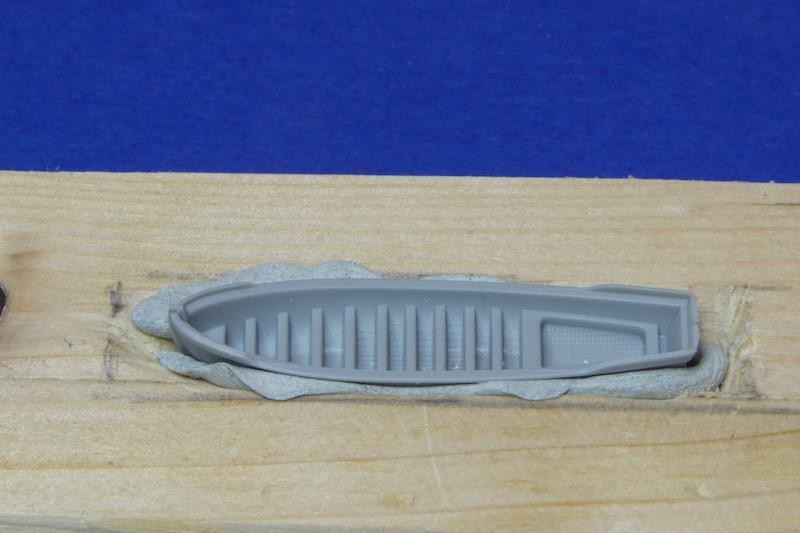
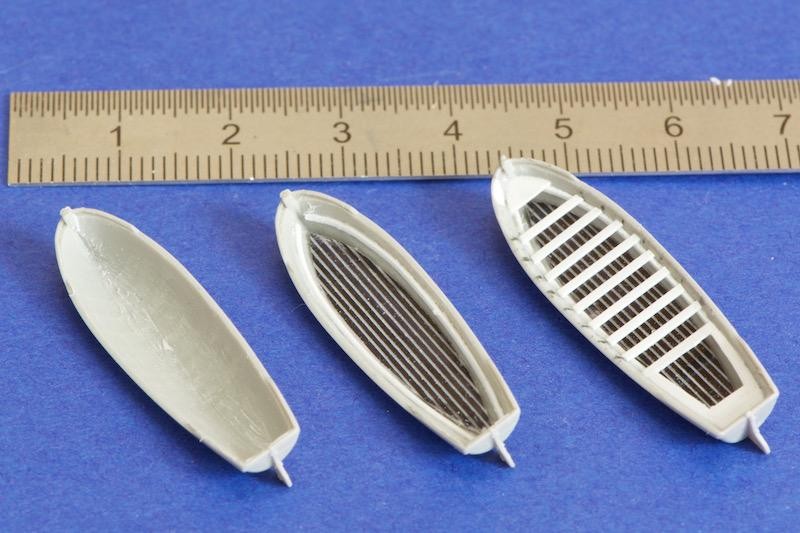
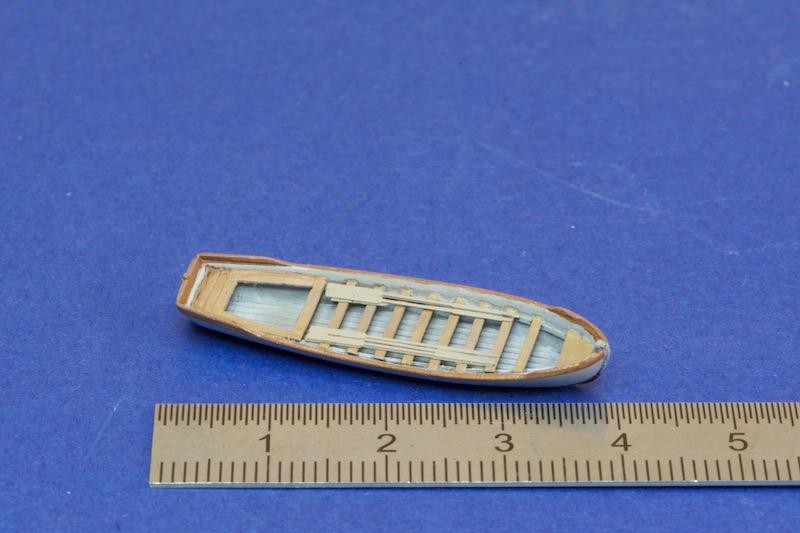
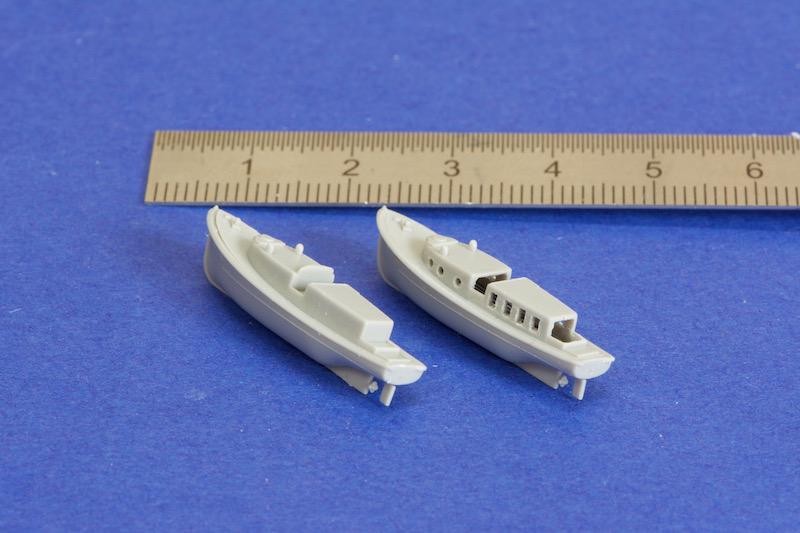
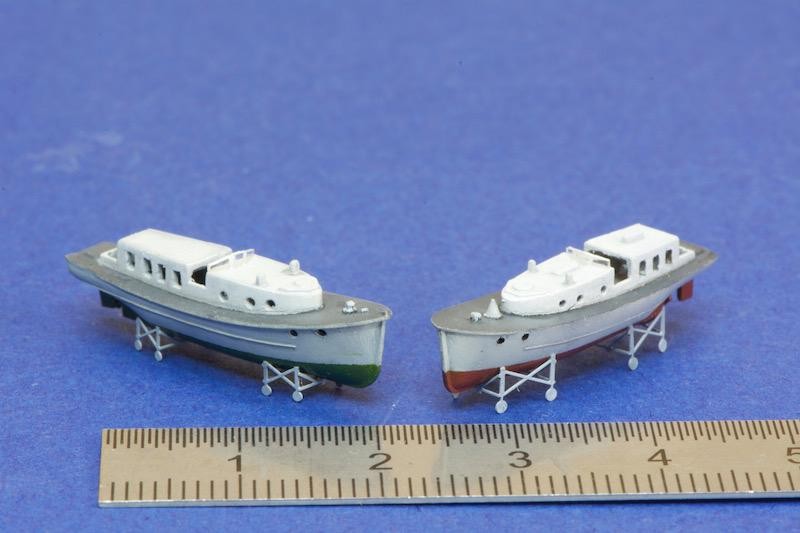
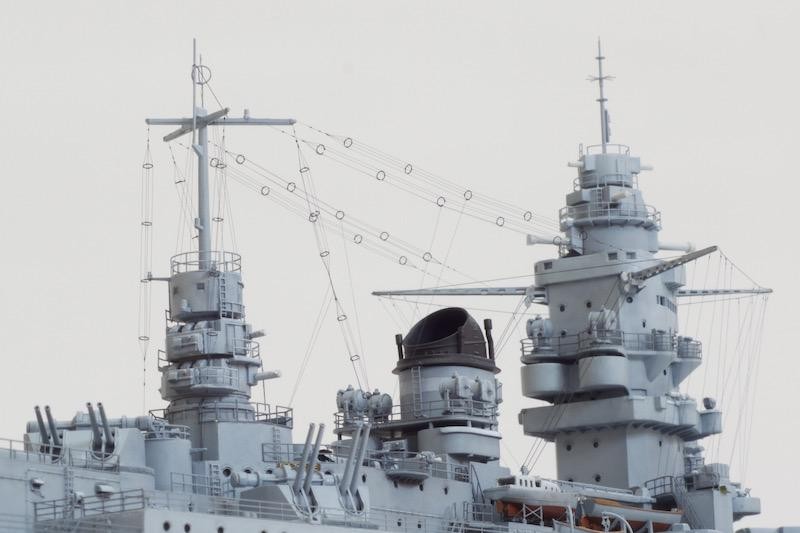
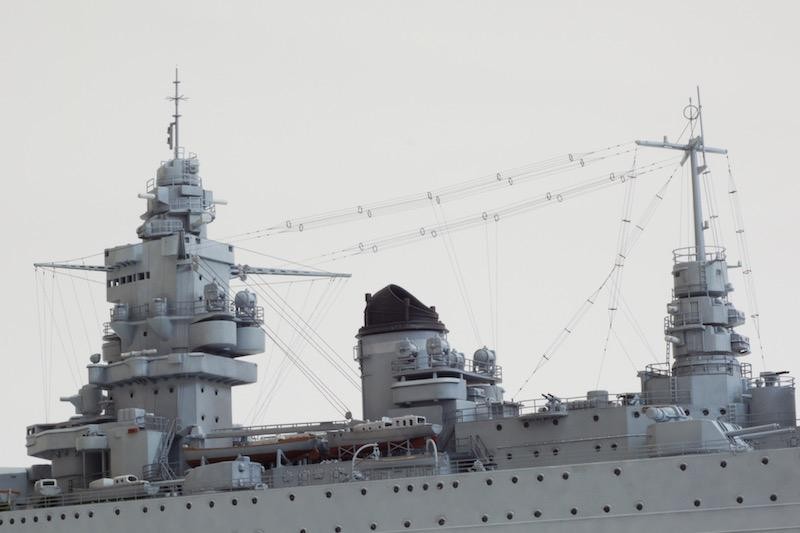



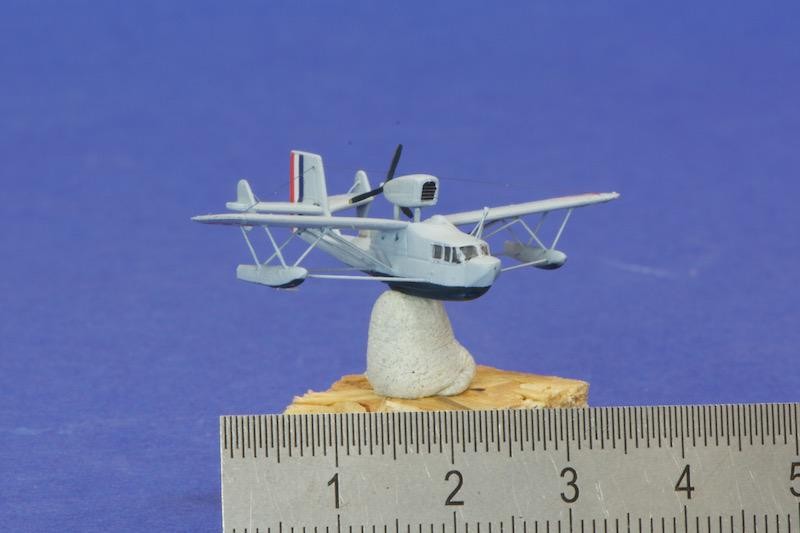
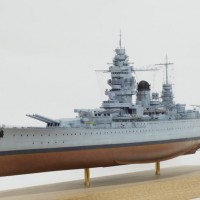
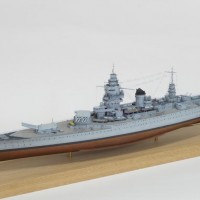
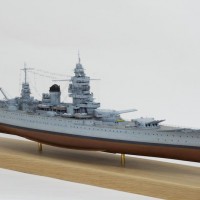
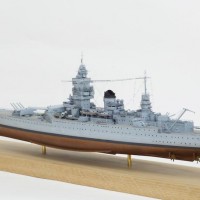
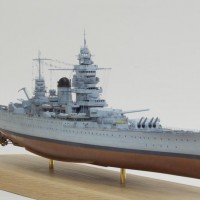

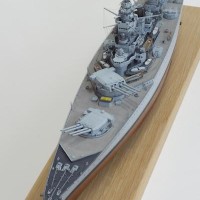
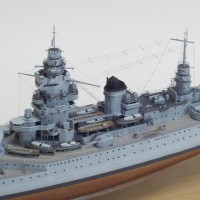

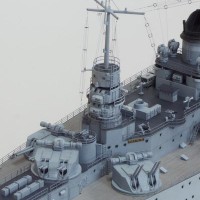
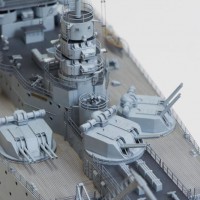
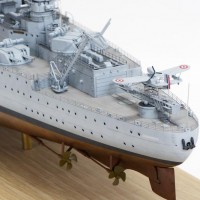
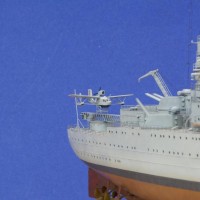
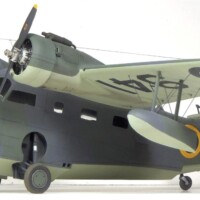
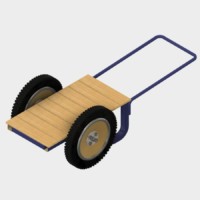
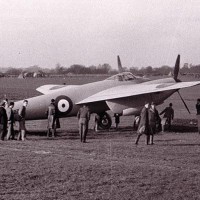
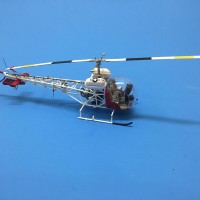
Fantastic work! This is a really impressive piece. Thank you as well for the historical commentary.
absolutely incredible
A great build!
Great day, Ulf! That's incredible work!
Magnificent, Ulf. The ‘Colonial’ itself is a small masterpiece.
‘Liked’
Beautiful work, and good information on the ship.
Amazing work. I read your article in Fine Scale several times already for inspiration.
I'm glad to hear that. Watch out though, when editing, they got it wrong about the painting, pics 24, 25. I painted the hull sides with light grey over a black base, not the other way around. Otherwise I think they did a good job of editing the material I sent in.
Hello Ulf,
What a massive build. It looks magnificent.
Should find a place in the French Maritime Museum.
Regards, Dirk
Greetings Ulf! Great piece on the Dunkerque and the history of her, plus the modeling of it. It's a beautifully made work! The rigging is exceptionally done!
Wow - just excellent! Well done!
That’s an amazing build mate, and and a really cool article! Impressive techniques!
Marvelous works, very nice interpretation this ship...congrats master Ulf.
regards.